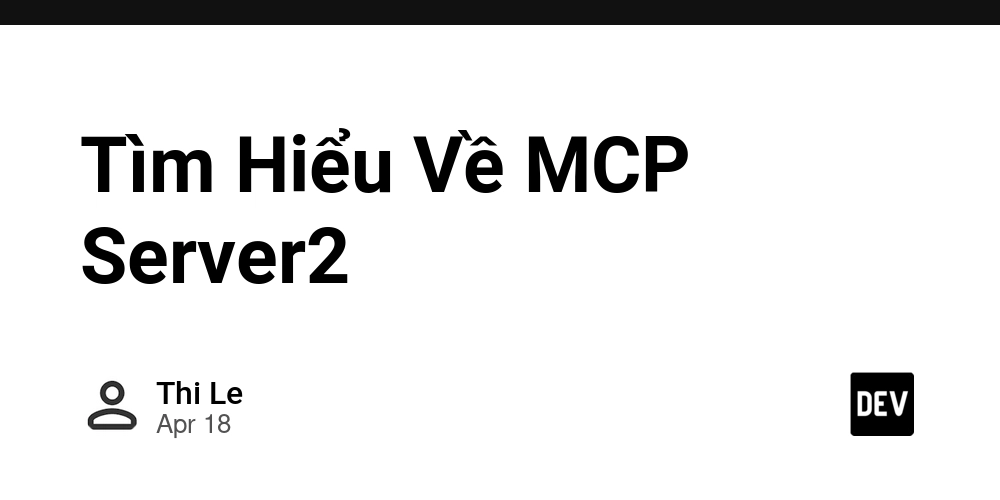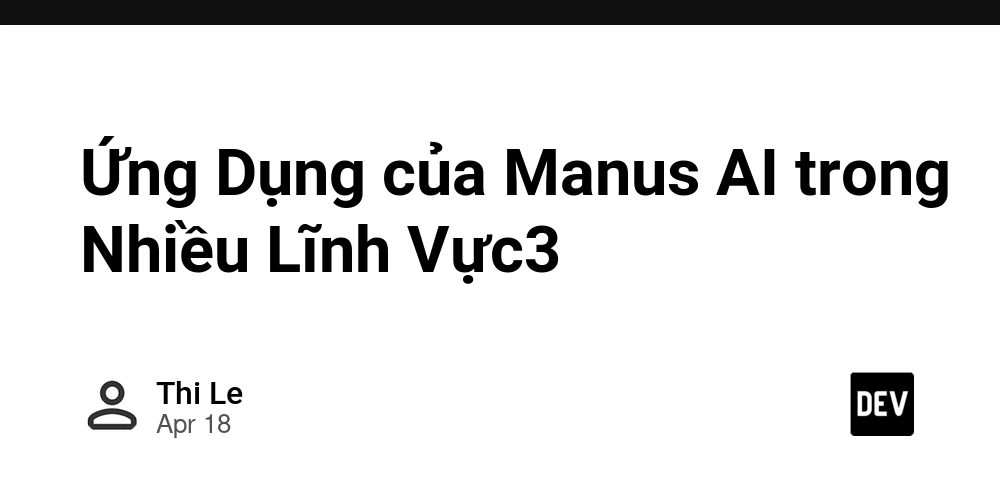First Time Ever AI Bad Bots Accounts 51% Traffic Suppresses Human Traffic
In a watershed moment for internet traffic patterns, automated bots have officially surpassed human activity for the first time in history, accounting for a staggering 51% of all web traffic in 2024, according to Imperva’s latest Bad Bot Report. This significant milestone marks a fundamental shift in the digital landscape, driven primarily by the rapid […] The post First Time Ever AI Bad Bots Accounts 51% Traffic Suppresses Human Traffic appeared first on Cyber Security News.

In a watershed moment for internet traffic patterns, automated bots have officially surpassed human activity for the first time in history, accounting for a staggering 51% of all web traffic in 2024, according to Imperva’s latest Bad Bot Report.
This significant milestone marks a fundamental shift in the digital landscape, driven primarily by the rapid adoption of artificial intelligence and large language models (LLMs) that have dramatically lowered barriers to bot creation and deployment.
The surge in automated traffic represents a concerning trend, as malicious bots now constitute 37% of all internet traffic—a sharp increase from 32% in 2023.
This marks the sixth consecutive year of rising bad bot activity, continuing a trajectory that began to accelerate notably during the COVID-19 pandemic when online usage skyrocketed.
The remaining 14% of automated traffic comes from beneficial bots like search engine crawlers that perform legitimate indexing and monitoring functions.
Imperva researchers identified that bad bots are increasingly targeting business-critical functions, with 25% of mitigated attacks specifically aimed at exploiting application business logic.
These sophisticated attacks leverage AI technology to mimic human behavior with unprecedented accuracy, making traditional detection methods increasingly obsolete.
“The rise in accessible AI tools has significantly lowered the barrier for entry for cyber attackers, enabling them to create and deploy malicious bots at scale,” noted Imperva analysts in the report.
Attackers now use AI not only to generate bots but also to analyze failed attempts and refine their techniques to bypass detection with greater efficiency.
AI-Powered Attack Evolution
Perhaps most alarming is the evolution of AI-enabled attacks, with Imperva blocking an average of 2 million such attacks daily throughout 2024.
The report reveals that ByteSpider Bot dominated the landscape, responsible for 54% of all AI-enabled attacks, followed by AppleBot at 26% and ClaudeBot at 13%.
These sophisticated bots employ advanced evasion tactics, including browser identity spoofing. A typical browser impersonation attempt might use code similar to:-
// Code to make a bot appear as Chrome browser
const request = require('request');
const options = {
url: 'https://target-website.com',
headers: {
'User-Agent': 'Mozilla/5.0 (Windows NT 10.0; Win64; x64) AppleWebKit/537.36 (KHTML, like Gecko) Chrome/96.0.4664.110 Safari/537.36',
'Accept': 'text/html,application/xhtml+xml,application/xml',
'Accept-Language': 'en-US,en;q=0.9'
}
};
request(options, function(error, response, body) {
// Process scraped data or perform malicious actions
});This simple code demonstrates how bots can mask their identity to appear as legitimate Chrome browsers—a tactic used in 46% of all bad bot attacks in 2024.
More sophisticated bots employ residential proxies to route traffic through real IP addresses, making them nearly indistinguishable from genuine users.
Financial services, telecom, healthcare, and retail industries bear the brunt of these attacks, with APIs becoming particularly vulnerable targets—44% of advanced bot traffic now specifically targets API endpoints rather than traditional web applications.
The impact extends beyond technical concerns, affecting everything from marketing campaign effectiveness to inventory management and pricing strategies.
As AI capabilities continue to advance, the line between human and automated traffic will blur further, presenting unprecedented challenges for cybersecurity professionals.
Organizations must implement layered defense strategies that combine behavioral analysis, machine learning, and contextual authentication to identify and mitigate these increasingly sophisticated threats.
Malware Trends Report Based on 15000 SOC Teams Incidents, Q1 2025 out!-> Get Your Free Copy
The post First Time Ever AI Bad Bots Accounts 51% Traffic Suppresses Human Traffic appeared first on Cyber Security News.




























![[Webinar] AI Is Already Inside Your SaaS Stack — Learn How to Prevent the Next Silent Breach](https://blogger.googleusercontent.com/img/b/R29vZ2xl/AVvXsEiOWn65wd33dg2uO99NrtKbpYLfcepwOLidQDMls0HXKlA91k6HURluRA4WXgJRAZldEe1VReMQZyyYt1PgnoAn5JPpILsWlXIzmrBSs_TBoyPwO7hZrWouBg2-O3mdeoeSGY-l9_bsZB7vbpKjTSvG93zNytjxgTaMPqo9iq9Z5pGa05CJOs9uXpwHFT4/s1600/ai-cyber.jpg?#)














































































































































![[The AI Show Episode 144]: ChatGPT’s New Memory, Shopify CEO’s Leaked “AI First” Memo, Google Cloud Next Releases, o3 and o4-mini Coming Soon & Llama 4’s Rocky Launch](https://www.marketingaiinstitute.com/hubfs/ep%20144%20cover.png)




































































































































































































![Rogue Company Elite tier list of best characters [April 2025]](https://media.pocketgamer.com/artwork/na-33136-1657102075/rogue-company-ios-android-tier-cover.jpg?#)








































































_Andreas_Prott_Alamy.jpg?width=1280&auto=webp&quality=80&disable=upscale#)






































































































![Apple Watch Series 10 Back On Sale for $299! [Lowest Price Ever]](https://www.iclarified.com/images/news/96657/96657/96657-640.jpg)
![EU Postpones Apple App Store Fines Amid Tariff Negotiations [Report]](https://www.iclarified.com/images/news/97068/97068/97068-640.jpg)
![Apple Slips to Fifth in China's Smartphone Market with 9% Decline [Report]](https://www.iclarified.com/images/news/97065/97065/97065-640.jpg)

































































































































 (1).webp?#)
